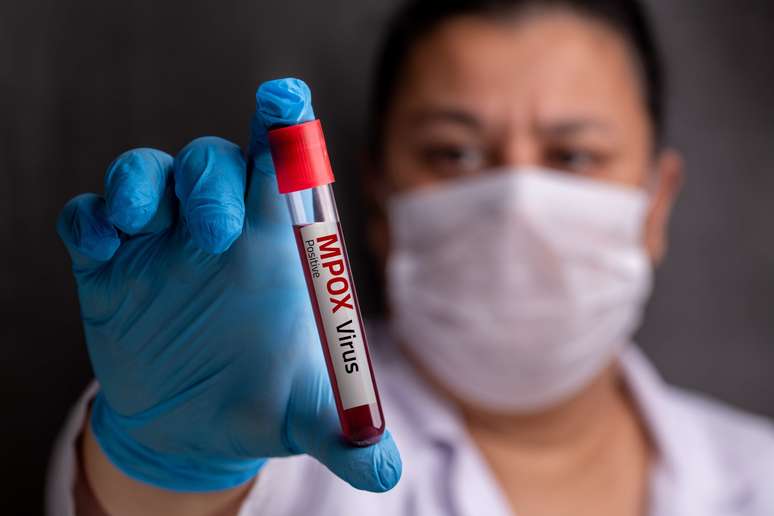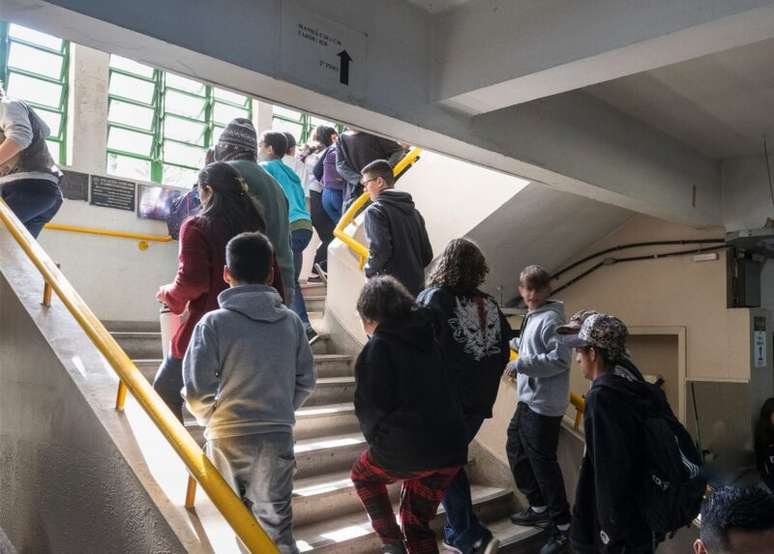Infectious Disease Specialist Explains New Disease Worrying Population After a scary and sad pandemic in 2020, due to covid-19, 2024 is giving us a worrying scenario. The increase in cases of monkeypox, formerly known as ape pox, around the world has led to global monitoring by the World Health Organization […]
Infectious Disease Specialist Explains New Disease Worrying Population
After the frightening and sad pandemic of 2020, due to covid-19, 2024 is giving us a worrying scenario. The increase in cases of monkeypox, formerly known as ape pox, around the world has caused an increase in global monitoring by the World Health Organization (WHO), intensifying studies on the disease that continues to spread throughout Africa. At the close of this edition, in total, Brazil had 791 reported cases and 16 deaths.
Come and understand, in a simple way, what mpox is and how much we should worry about it. The person who helps us understand is Carolina Brites, a specialist in pediatric infectious diseases.
What are the main symptoms of MPOX?
“The main symptoms are: rash or skin lesions, swollen lymph nodes, especially those in the neck, muscle pain, malaise, indisposition, headache, chills, loss of appetite (weakness and malaise), as well as fever at times. The number of skin lesions is quite variable and generally affects more where there has been greater contact with the virus.”
We must pay attention!
Carolina emphasizes that it is important to differentiate the disease from other viral diseases. “The rashes are similar to those of chickenpox, but they are not as widespread. And the prodromes, these nonspecific symptoms, are of all viral diseases. So the ideal is to pay close attention to the rashes, which are very characteristic,” she emphasizes.
How is mux transmitted between humans and what are the main preventive measures to prevent its spread?
“The main transmission among humans is through bodily fluids and contact with lesions, in addition to respiratory droplets. Therefore, preventive measures include that people minimize contact with those who may have the disease and, above all, maintain hand hygiene and reduce crowding. The less crowded and more air circulating, the better, especially for viral diseases.”
Which population groups are most at risk of contracting the disease and what factors contribute to increased vulnerability?
“The risk groups are people who live in crowded environments and those who have some immunodeficiency, as well as the extreme age groups. We should focus on people up to four or five years of age, and those over 60, because these are the people most vulnerable to smallpox.”
What treatments are available, and how do health workers deal with severe cases of the disease?
”There is no specific treatment for the disease. Careful evaluation and overhydration are done. You need to be aware of any secondary skin infection, no matter how severe it is. Even at this time when we know that mortality is low, the most immunosuppressed people are more likely to suffer from secondary skin infections and encephalitis.”
Are there effective vaccines against smallpox? Who should be vaccinated as a priority to prevent epidemics?
“There is recent data about the priorities for the vaccine, but at this point there is no evidence that it exists in a public or private network. So when it arrives, and I think it will be as soon as possible, those who will probably have preference will be pregnant women, people living with HIV or who have some immunosuppression, as well as people of extreme age, who are really more vulnerable.”
How do public health systems monitor and control smallpox outbreaks, especially in areas where the disease is endemic?
“The public health system is always monitoring us healthcare workers, so it is important to be aware of possible cases of mpopx. Any care we provide in relation to a condition suggestive of mpopx must be automatically notified, so that surveillance can understand whether it is a case or not, and ensure that there is a block in relation to that patient to avoid the spread. The most important thing is that citizens contact the health service as soon as possible, to have a diagnosis and the professional in case of suspicion. of the diagnosis, notify surveillance. So it is up to us, both the citizen and the healthcare professional, to really have this data as soon as possible.”
Are we at risk of experiencing a new pandemic with lockdowns, just like Covid-19?
“I still don’t see it as a pandemic, like Covid-19 was. But since the alert for the epidemic was announced, it’s important that we all be aware of it. The most important thing is that, like any other disease, like any other emergency situation, we can’t wait for things to get worse. Now, since there was this alert, we really have to do our part. We have to notify suspected patients, isolate them, monitor their contacts, do prevention with hand hygiene and prevention with a vaccine as soon as it appears. That’s what we have to do right now, prevent it before it happens.”
Source: Terra
Ben Stock is a lifestyle journalist and author at Gossipify. He writes about topics such as health, wellness, travel, food and home decor. He provides practical advice and inspiration to improve well-being, keeps readers up to date with latest lifestyle news and trends, known for his engaging writing style, in-depth analysis and unique perspectives.








